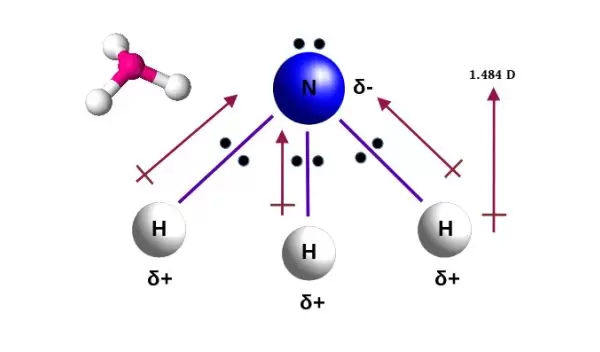
Ammonia fuel offers great benefits but demands careful action
Ammonia, a main component of many fertilizers, could play a key role in a carbon-free fuel system as a convenient way to transport and store clean hydrogen. The chemical, made of hydrogen and nitrogen, can also be burned as a zero-carbon fuel.
However, new research led by Princeton University scientists illustrates that even though it may not be a source of carbon pollution, ammonia's widespread use in the energy sector could pose a grave risk to the nitrogen cycle and climate without proper engineering precautions.
Publishing their findings in PNAS, the U.S. National Science Foundation-supported team found that a mismanaged ammonia economy could ramp up emissions of nitrous oxide, a long-lived greenhouse gas around 300 times more potent than carbon dioxide and a major contributor to the thinning of the stratospheric ozone layer.
It could lead to substantial emissions of nitrogen oxides, a class of pollutants that contribute to the formation of smog and acid rain. And it could directly leak fugitive ammonia emissions into the environment, forming air pollutants, impacting water quality and stressing ecosystems by disturbing the global nitrogen cycle.
"We have great hope that ingenuity and engineering can help reduce our use of carbon-based energy sources," said Richard Yuretich, a program director in NSF's Division of Earth Sciences. "But this article shows that caution is advised because of unintended environmental spillover effects that may result from new technology."
The researchers found that the potential negative impacts of an ammonia economy may be minimized with proactive engineering practices. "We know an ammonia economy of some scale is likely coming," said research leader Amilcare Porporato. "We cannot afford to take the risks of ammonia lightly."
As interest in hydrogen as a zero-carbon fuel has grown, so too has an inconvenient reality: It is notoriously difficult to store and transport over long distances. The tiny molecule must be stored at either temperatures below -253 degrees Celsius or at pressures as high as 700 times atmospheric pressure, conditions that are infeasible for widespread transport and prone to leakage.
Ammonia, on the other hand, is much easier to liquify, transport and store, and capable of being moved around similarly to tanks of propane. Nonetheless, Yuretich said, "the cycle of nitrogen is delicately balanced in Earth's critical zone, and extensive research must be undertaken to investigate the repercussions of ammonia combustion and develop new methods to minimize the risks."
